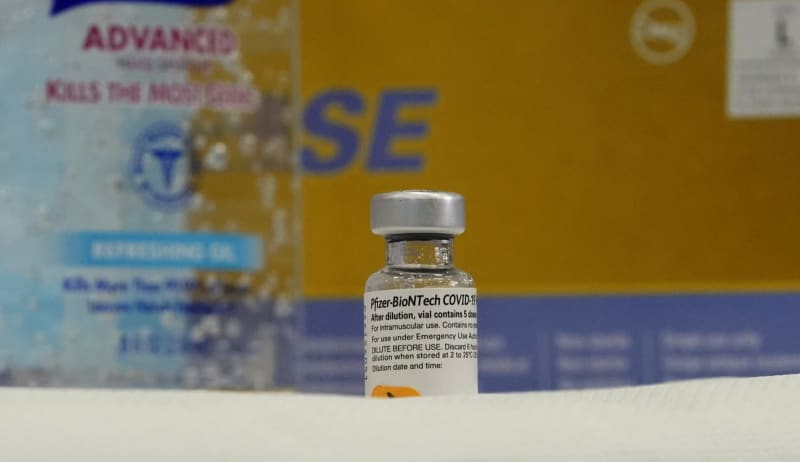esnodgrass@insider.com (Erin Snodgrass) -

© ShutterstockMcFlurry. Shutterstock
The Federal Trade Commission (FTC) is looking into the infamously fussy McDonald's ice cream machines, per a new report.
The Wall Street Journal reported that the agency sent letters to franchisees earlier this summer asking for information.
The FTC wants to know how McDonald's reviews suppliers and equipment and how frequently owners work on their own machines.
It's a near-universal experience: It's late at night, you've got a craving, and the only thing that could fulfill it is the sweet, candy-filled ice cream of a McDonald's McFlurry.
You wait in the drive-through line until your turn arrives. But alas! The ice cream machine is broken yet again, an employee tells you.
Now, after years of broken ice cream machines across the country, the well-known, oft-mocked problem at the world's largest fast-food chain is drawing a government investigation.
The Federal Trade Commission (FTC), which is tasked with protecting consumers from fraud and unfair business practices, contacted McDonald's franchisees earlier this summer, probing for information on why its ice cream machines so frequently fail, The Wall Street Journal reported Wednesday.
According to the Journal, the agency sent a letter to franchisees requesting answers. The FTC did not immediately respond to Insider's request for comment.
A history of breaking down
Among owners and employees, McDonald's ice cream machines - which are manufactured by a brand called Taylor - are notorious for being difficult to fix. They require an automated heat-cleaning cycle each night to ward off bacteria, a precaution that can often lead to failure - making the machines unusable until a repair technician can fix them, owners told The Journal.
Two years ago, a company called Kytch created a diagnostic tool that would help McDonald's franchise owners fix their own ice cream machines, The Journal reported. At one point, McDonald's owners in 30 states employed Kytch's breakdown spotter, per the report.
But late last year, McDonald's told franchisees that the devices were unsanctioned. Kytch's cofounder responded with a lawsuit in May, accusing Taylor of infringing on franchisees' rights to fix their own machines and stealing intellectual property, prompting the FTC to step in, according to the Journal.
In a statement to the Journal, Taylor denied purposely designing the equipment to be confusing. Taylor did not immediately respond to Insider's request for comment.
Both Kytch and Taylor told The Journal they had not been contacted by the FTC, and McDonald's said it did not believe it was the focus of a FTC investigation.
The investigation into the machines comes after the Biden administration in July opened a probe into products across a wide swath of industries, investigating whether or not manufacturers obstruct consumers from fixing the projects themselves.
The FTC wants to know how McDonald's reviews suppliers and equipment, including the ice cream machines, and how frequently franchise owners work on their own machines. The agency letter, which was reviewed by The Journal, is preliminary and notes that "the existence of a preliminary investigation does not indicate the FTC or its staff have found any wrongdoing."
McDonald's did not immediately respond to Insider's request for comment.
The ice cream machines in question account for nearly 60% of the chain's dessert sales in the US, The Journal reported. Angry customers have even taken to the internet with petitions demanding a solution.
















